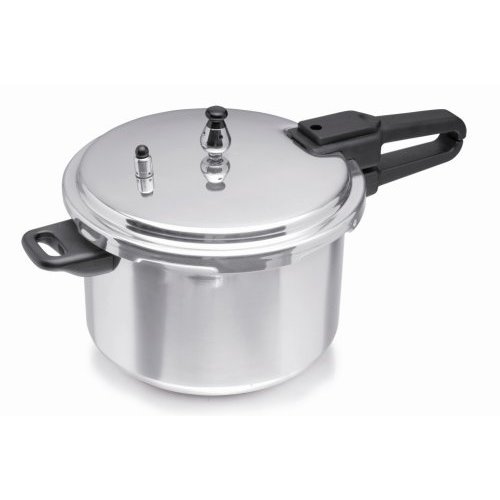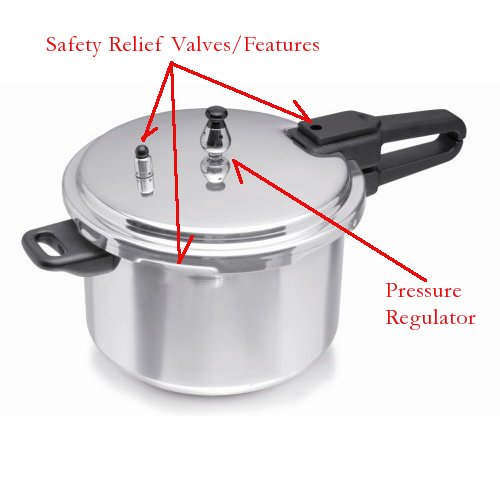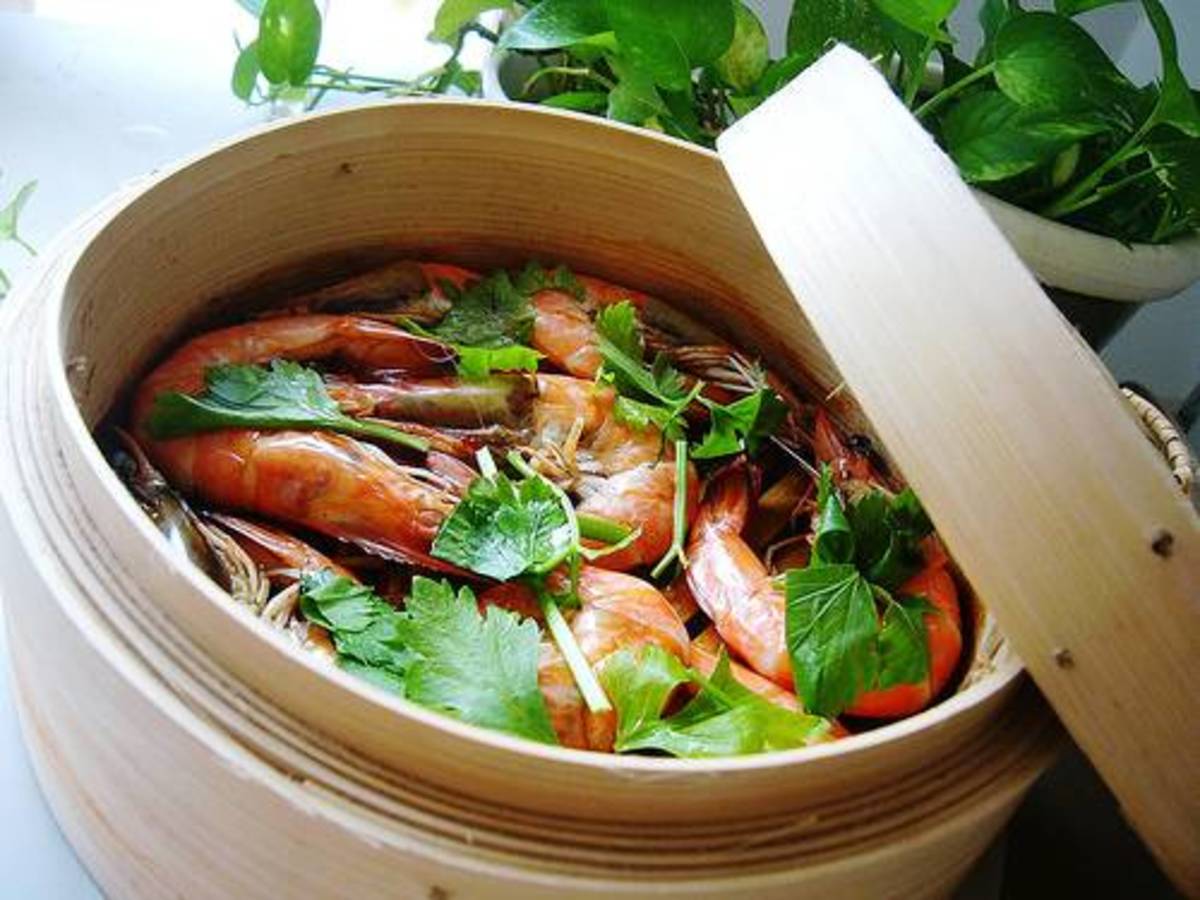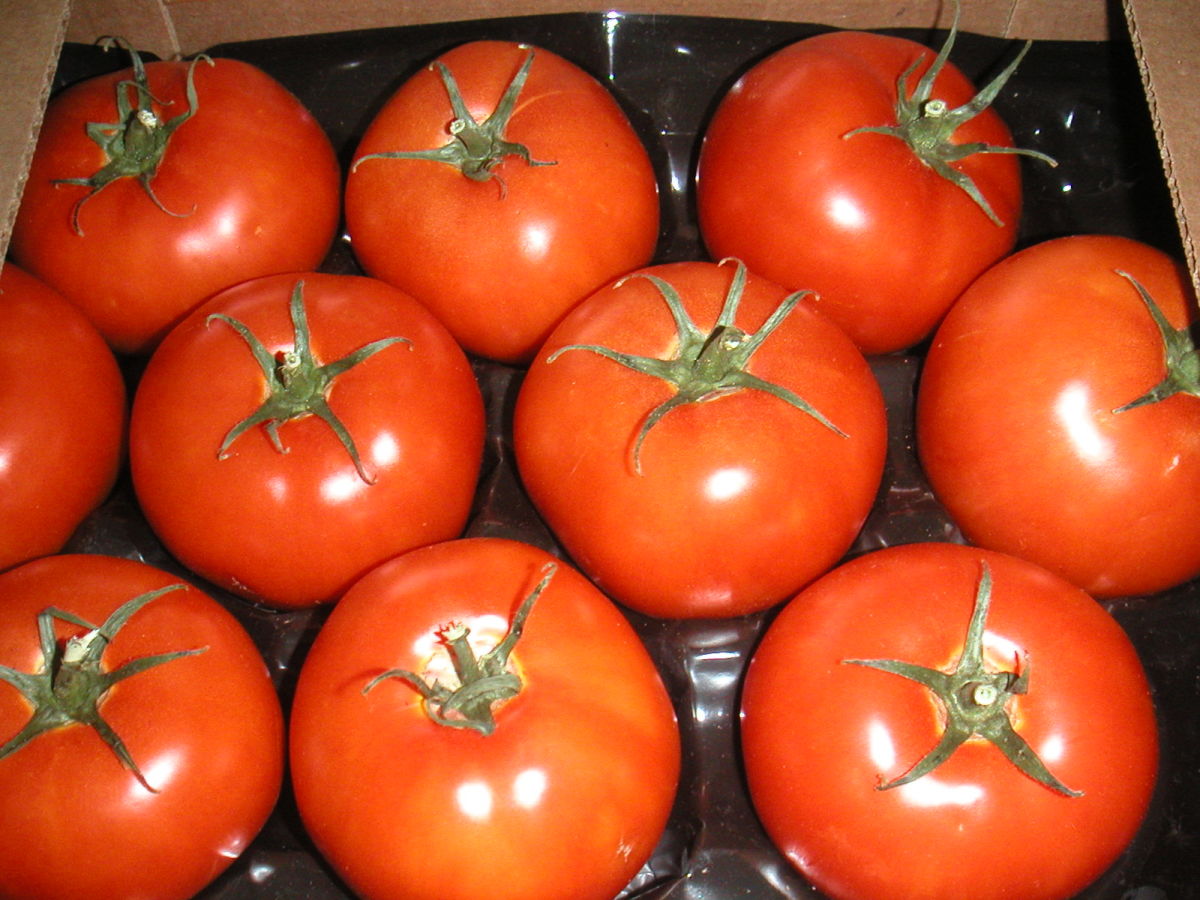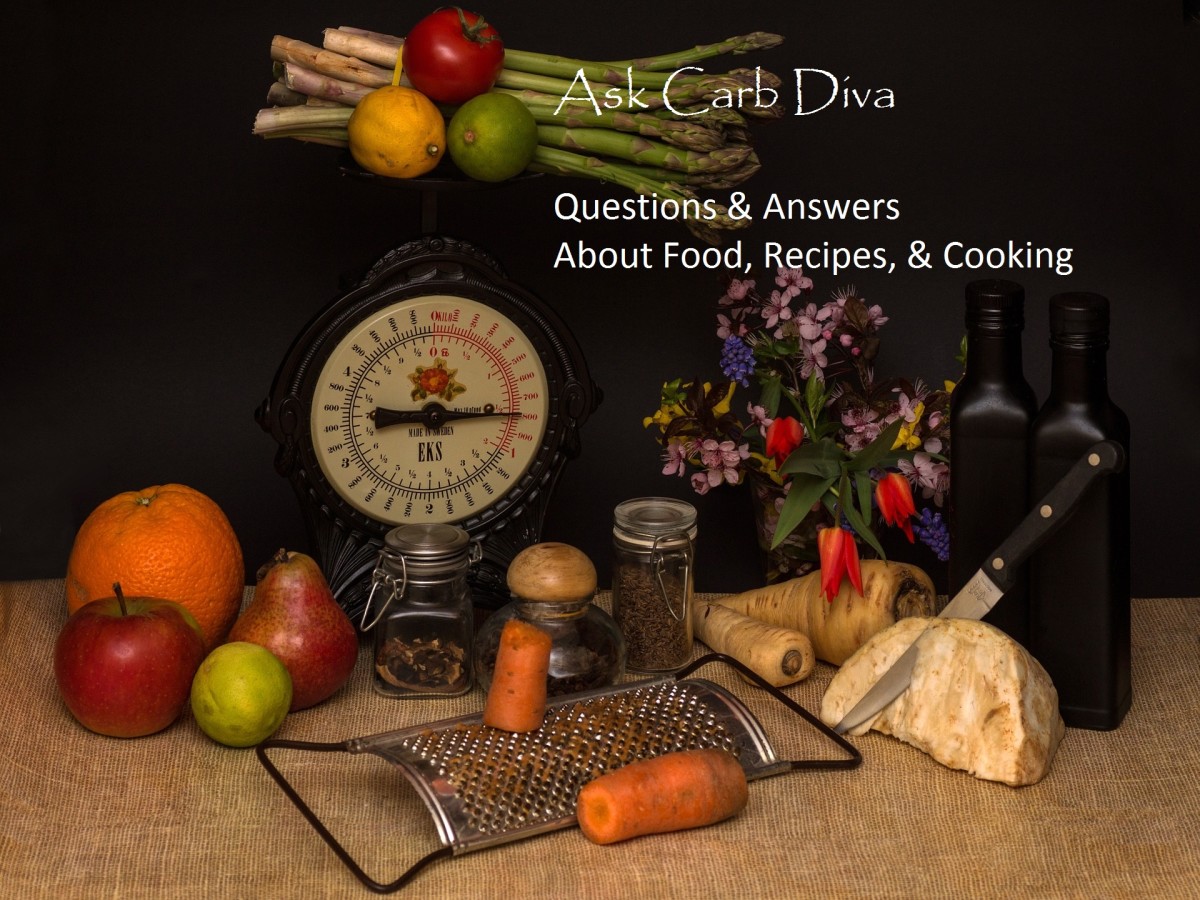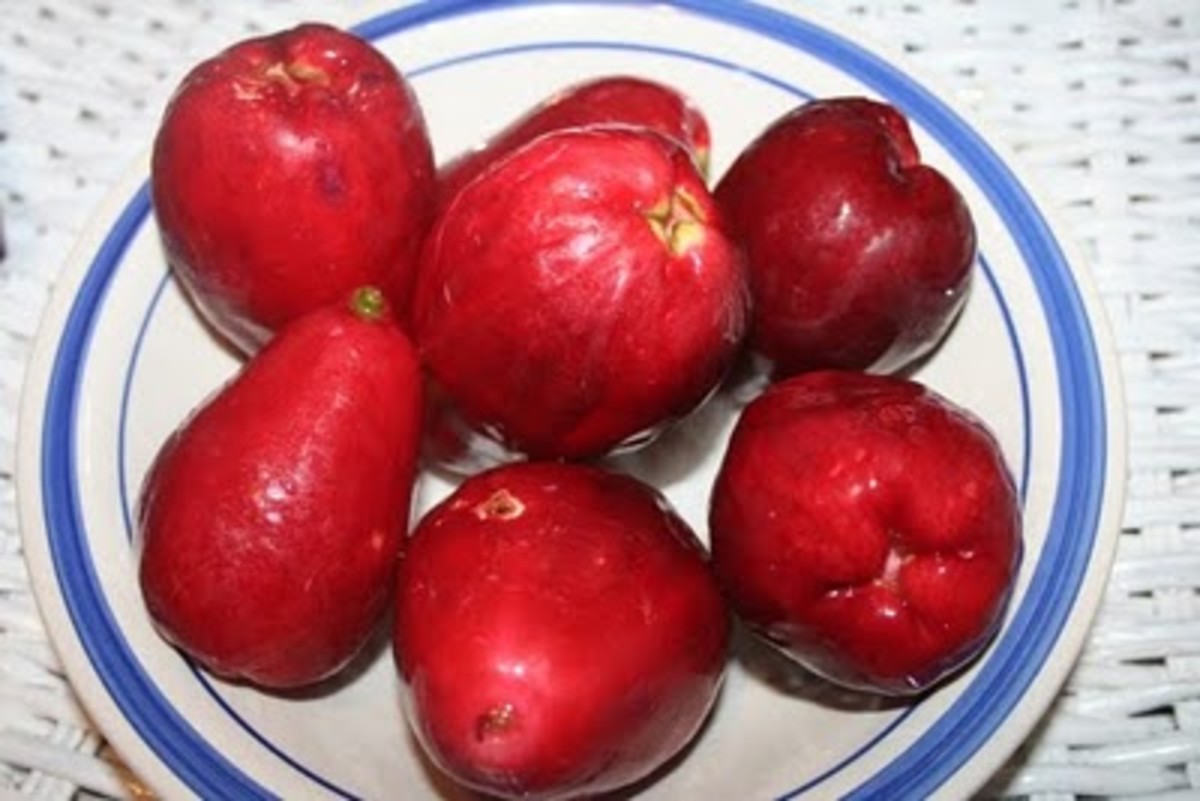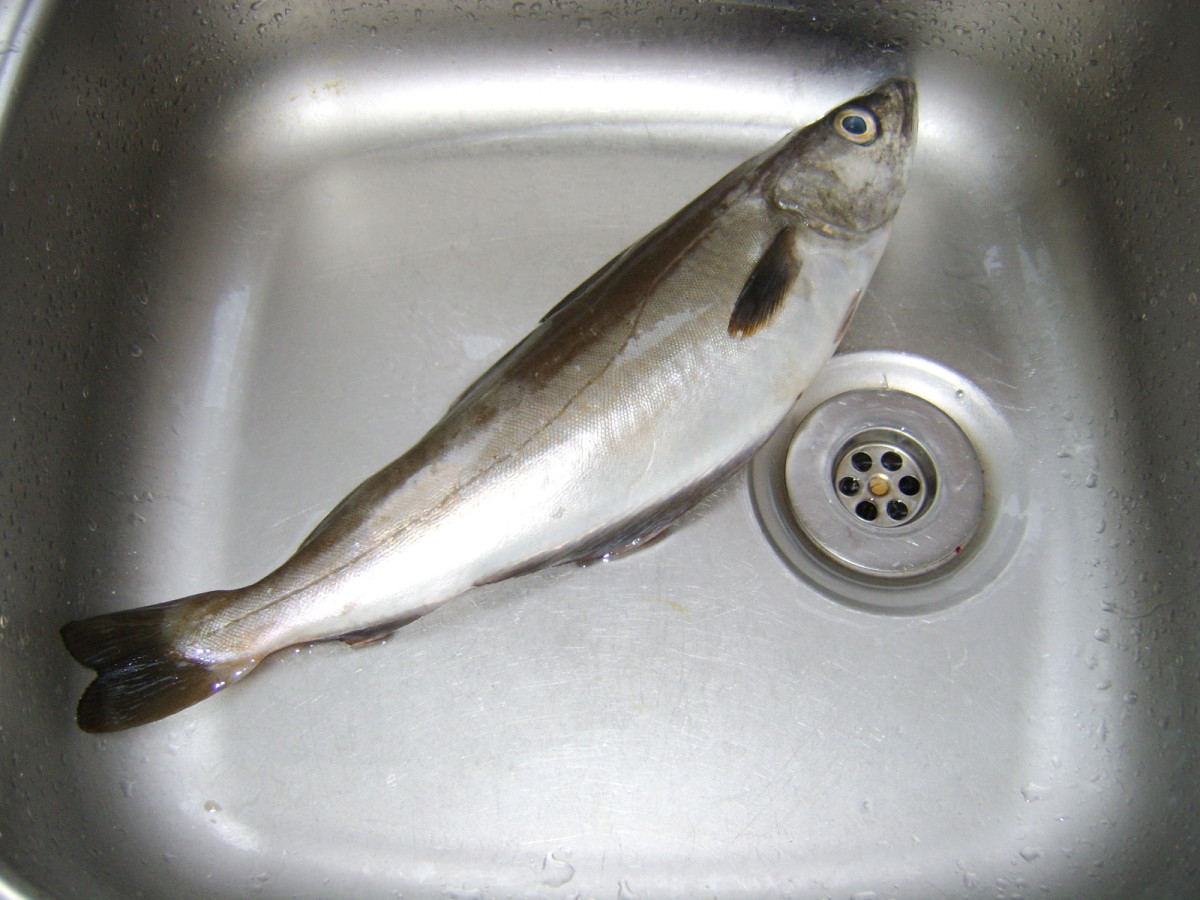Pressure Cooking
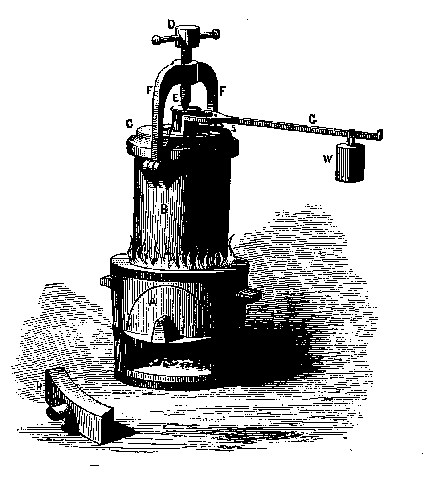


Pressure Cooking
The first pressure cooker was invented by Denis Papin, a French physician and mathematician. Papin called his device "marmite de
Papin" or the Papin Digester*. It worked exactly as pressure cookers do today, but even though it had a pressure relief valve it was hard to use and demanded constant attention. His first version had no pressure relief valve and exploded during a demonstration.
Pressure cooking has been "standardized" by the USDA since 1917 when the first safe standards for temperature and pressure were established by that agency.
How does it work?
To understand how a pressure cooker works, lets first discuss the two other popular means of cooking; baking and pan (contact) cooking.
Baking: To bake something you must heat the air around an object to the same temperature you want to baked good to reach. Air is a poor conductor of heat so when cooking this way, extended (as compared to pressure cooking) amounts of time must be used so that the baked item reaches the desired internal temperature.
Contact Cooking: Pan cooking is different, of course, but since only one side of the food item is in direct contact with the pan this also accounts for extended cooking times. Also, any steam escaping from the pan cooked (liquids in particular) item insures that the item itself never exceeds 212º F.
Pressure: In pressure cooking the temperature of the food being cooked is raised considerably because as temperatures and pressures rise so does the boiling point of the water under pressure. For example, when cooking a liquid in an open pan the temperature of that liquid can never rise above 212º F because the steam rising from the pan carries away any excess heat.
If that steam is trapped and not allowed to escape, the temperature of both the steam and the liquid the steam is coming from can rise dramatically. As much as 50º F more in fact. So in pressure cooking the temperature of the water and trapped steam can reach 250ºF ~ 260ºF. This reduces cooking times by as much as 70%.
How hot? No, How much pressure: When pressure cooking the actual temperatures attained during cooking are almost wholly ignored. This is not important however since the pressure inside the pot dictates the temperature the food and liquid reach within the pot.
Since USDA standards for pressure cooking were set back in 1917 at fifteen (15) pounds per square inch (PSI), almost all recipes available are based on this standard. The fifteen PSI translates (roughly) to 257º F.
One should be wary of pressure cookers made overseas or with electric pressure cookers. Many of these cookers do not attain the 15 PSI established by the USDA. As a result cooking times are extended and recipes must be modified to account for the extended cooking times. Also cookers made outside the United States my use units of measure such as millibars or kiloPascals. These units of measure are not familiar to most Americans.
* Yum! Digested whatever.
It's Dangerous
"It's dangerous and the pot might explode!!!" I hear this every time I mention my pressure cooker.
Any time a person applies heat to food there's an element of danger involved. A boiling water spill can leave nasty burns. An open flame can singe and burn in seconds. Contact with hot pots and pans can leave nasty second and third degree burns. You aren't safe in there anyway.
There have been other hazards as well. Not many years ago there was a line of cookware marketed under the name of an eminent and well known chef. Consumer Reports deemed this cookware especially hazardous due to it's design and construction. All of the stove-top items were made with two different metals; one on the outside another on the bottom. These two metals were bonded together with "lead like" substance that had a low melting point. If left unattended under high heat these pots and pans could de-laminate, spilling the now molten metal onto the cook and kitchen. The set was discontinued and recalled shortly after this finding.
In fact when I picked up my latest pressure cooker I had a number of people in the checkout line remark that I'd better be careful and that they wouldn't use a pressure cooker due to the danger of explosion.
They are quite right, however, modern pressure cookers have four or more safety devices designed into them. They are so well designed, in fact, that it's been more than twenty-five (25) years since a pressure cooker accident has been recorded in the United States.
Why make an issue of a cooking method that has pretty much been tamed?
Important Points of Pressure Cooking
- Because the heat of boiling water within a pressure cooker can be considerably higher than in an open pan, cooking times are greatly reduced. By as much as 70% in most cases.
- Once the internal temperature and pressure is reached the heat applied (by flame or electric element) can be greatly reduced to maintain those high internal temperatures and pressures.
- Steam is a very efficient means of transferring heat to food, unlike air.
- Pressure cooked meals retain most of the nutrients in the food with very little escaping as steam. This means that the vitamins and minerals typically boiled out of food in an open pan are retained in a pressure cooker.
- Tough cuts of meat are no match* for the heat and pressure attained in a pressure cooker. In fact it is often better to buy tougher cuts of meat when pressure cooking. As an example, a stew that might take as much as three hours to cook in an open pan can be cooked in under an hour in a pressure cooker...with sub-par cuts too.
- Never leave a pressure cooker unattended. This holds true for any cooking if you think about it.
- Pressure Cookers in the four (4) to six (6) quart range are ideal for meals serving four to six people. Figure one quart per person. These typically sell for less than $30.00. Some for just over $20.00.
- Larger cookers (over six quarts) are better for six or more diners.
- A pressure cooker should never be filled beyond 2/3rds full.
* One of Papin's "selling points" with his pressure cooker was that it would soften bone.
Disadvantages
- I originally stated that you can't cook bread in a pressure cooker. In fact, you can bake bread in a pressure cooker. Any baked good, though not a candidate for pressure cooking, will bake in a pressure cooker. The problem, of course, is browning...there isn't any. I've recently found a recipe for pressure cooked sour-dough. Once the dough is ready everything is done in the cooker including rising (without heat) and "baking." Because the baking occurs with steam instead of dry heat there is no browning. The bread is completely cooked in thirty (30) minutes with just a half inch of water in the bottom of the cooker. Steam does all the work. A trivet is used to elevate the bread (in a round bread pan) above the water. The author, Rectifier, states that the bread is "more spongy" than oven baked bread, but tastes just the same.
- Because cooking times are reduced it's important to "watch" the meal more closely.
- It's can still be frightening. Even though accidents are so rare as to be non-existent, urban-legends are keeping this fear alive. I'm amazed at how many people want to "warn me away" from this.
- Much of this fear is based on shoddy manufacturing immediately after World War II. Manufacturers were trying to fill the product void left by the war effort and also start producing peace-time products. Too many dangerous pressure cookers were the result.
Releasing the Steam
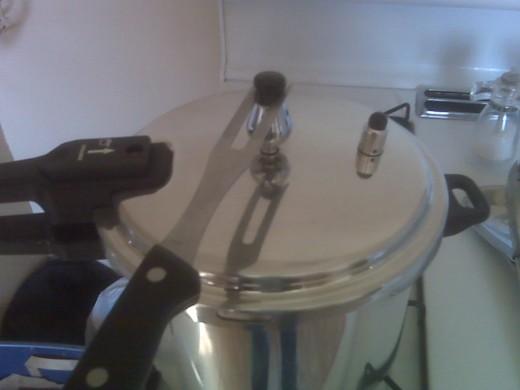
Stephie's "Magic" Stew
It's magic because you'll have a stew that tastes like it's been cooking all day in about an hour...including prep time.
Ingredients
- 1/2 pound stew meat. This can be the "worst", cheapest meat in the store.
- 3 medium potatoes
- 2 medium onions, sliced and halved
- 1 bay (laurel) leaf
- 1 8 oz can peeled tomatoes or four tomatoes with the stem end cut off
- 3 to 4 medium carrots
- 3 to 4 stalks celery
- 1 clove garlic, minced or 1 teaspoon crushed garlic
- 1 Cup water
Directions:
- Cut the beef (pork or lamb) into 1/4" cubes. Salt and pepper the meat. Cut the onions into slices and then cut the slices in half. Braise the meat until just browned in a pan. Once browned add the onion, garlic, bay leaf, and meat to the pressure cooker along with 1 Cup of water.
- Seal the pressure cooker and place on a medium flame until pressure escapes from the pressure valve...about ten minutes or less. Once pressure escapes from the value reduce the heat to low or to a simmer. This is a very low flame. The release valve should release steam about every five (5) minutes even at this low temperature setting...this is normal.
- Cook for fifteen (15) minutes.
- During step three (3) prepare the other vegetables by slicing or cubing them into 1/4" chunks.
- After the fifteen (15) minutes remove the cooker from the heat and release the steam by raising the pressure valve (with a fork, spatula, or other long handled tool) until all the pressure is released. The cooker will not open until all the pressure is released. You can also use the "quick cool-down" method.
- Once able to open the cooker, add the remaining vegetables, stir to mix them well with the beef, onion, and garlic. Reseal the cooker and return to medium flame.
- Once the pressure valve releases steam again reduce the heat to low (electric) or simmer (gas). Cook for another eight (8) to ten (10) minutes. Again, it is normal for pressure to be released every five (5) to ten (10) minutes at this greatly reduced heat.
- Remove from heat, release the pressure with a long handled kitchen utensil, and let sit open for about five (5) minutes so the stored heat dissipates. Because the food in there is still about 250º F it will be boiling for a while.
Quick Cool Down Surfzen states that a quick cool down is possible by placing the pressure cooker in the sink, handle higher than the pot, and letting a thin stream of water run over the top. Avoid getting water into or onto the release valve. This is a very good method when cooking vegetables.
Amazingly the vegetables will cook in a mere fifteen minutes and the meat will be as tender (and flavorful) as if you'd cooked it for hours.You'll also end up with way more than the 1 Cup of water added at the beginning. Don't forget to remove the bay leaf.
Eat and enjoy. This stuff is delicious, has almost all it's nutritional value intact, and cost about $1.70 per serving.
Coda: We used to add one (1) Cup of beef broth instead of water and two (2) Tablespoons of Worcestershire sauce. It really doesn't make that much difference though. It's still beefy and delicious.
You don't need a lot of water; just enough to create steam. The quick cool-down method is as follows a) remove the pot from the heat, b) run a small stream of water over the top of the cooker in the kitchen sink; avoid getting water in the pressure valve. This takes five or less minutes.
Notes
First, I want to extend some thanks to Surfzen (see comments below) for his advice on the "rapid cool down" method. I've used it twice now and am no longer apprehensive about metal fatigue. In fact I'll be doing this from now on. The "rapid cool down" method involves moving the pot from the stove-top to your water-tap at the sink. Turn the water on to just above a drizzle and run the water over the top of the pot, avoiding the pressure regulator. The pot will cool down almost instantly; enough for the safety interlocks to disengage. This is great for those vegetables that seem to need just the right amount of time to cook and no more.
Though the author is still apprehensive about cooking this way, there is no recent (in the last twenty-five years) evidence of imminent death or dismemberment due to a pressure cooker. For that reason the author will continue to use a pressure cooker and post recipes specifically for pressure cooking.
The author loves the way these things cook, the quality of the food coming out of them, and the rich flavors preserved by this method...not to mention the high nutritional value retained by "sealed" cooking.
Disclaimer
The author received no funds, discounts, or freebies for the products mentioned in this article.
The author of this article was not compensated in any way for these reviews. The author does not own stock, directly or indirectly, in any of the companies mentioned. The author does own one of the models featured, which he bought outright with his own funds without any compensation from the company mentioned.

